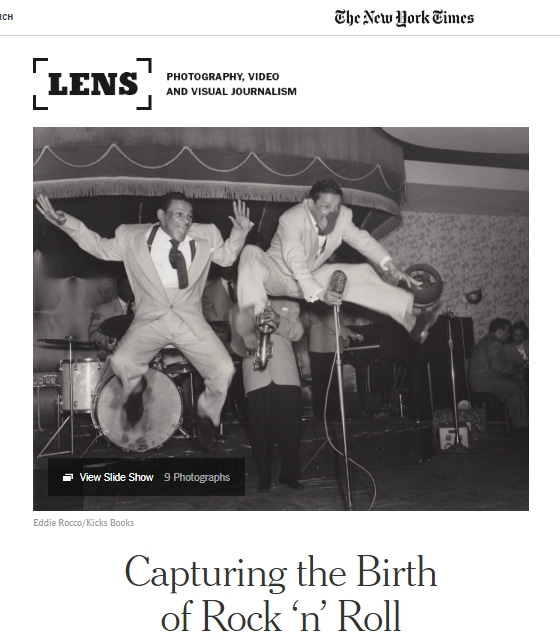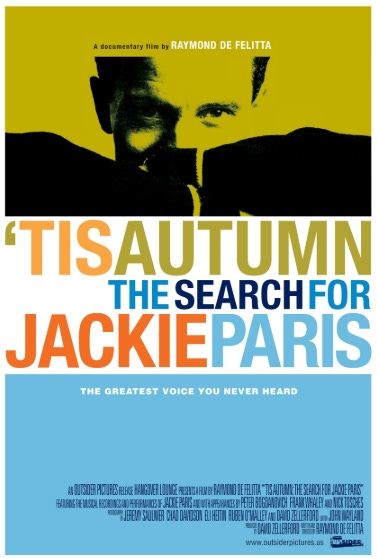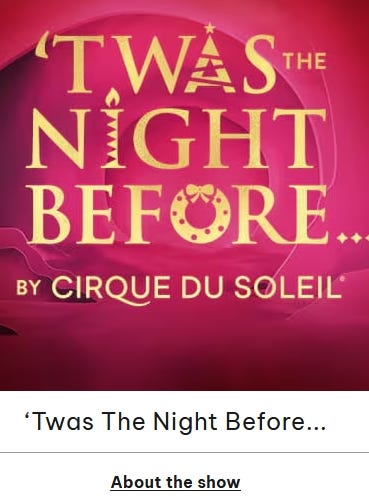
Editing your own writing isn’t easy, even for an editor. I tend to leave out words, leave vestigial words from early drafts in sentences I’ve rephrased, and do maddening things like type “of” when I mean “or.” When I fill out forms on my laptop and am pressed for time, I initially spell my own name wrong about half the time, tapping out “Josehp” instead of “Joseph.”1 My mind isn’t as quick as it once was, and my fingers are eternally stupid.
So I come neither to scold nor to embarrass, nor to point out anything especially consequential, but to be helpful in whatever humble way I can.
The error I’ll call “Substack’s favorite” is using a single quotation mark when what’s called for is an apostrophe, which usually happens when an apostrophe comes at the beginning of a word:
WRONG: The ‘90s was a decade of midriffs and goatees.
RIGHT: The ’90s was a decade of midriffs and goatees.
And here’s a picture, which might be easier to see on certain machines.
This happens with non-archaic word-processing programs that use smart quotes that look like “this” instead of straight quotes that look like "this." With apostrophes you get don’t (smart and curly) versus don't (unsmart and straight). Hitting the apostrophe key before you start typing out the rest of a word defaults to a single quotation mark (‘), which can lead to a holiday message that begins in error and sadness:
‘Twas the night before Christmas, when all through the house
Not a creature was stirring, not even a mouse;
Microsoft Word and Google Docs think you might be putting single quotation marks around something, but then they stop thinking and don’t flag the error in the right way even after you get done typing. As I’m writing this, Word does have the “‘Twas” above undersquiggled in red, but the corrections it suggests are “Taws,” “Tas,” and “Twos.”2 When I type out “Chuck Berry was a rock ‘n’ roll legend,” there is no undersquiggling to be found. When I type out “I was alive in the ‘90s” with the grammar-checker turned on (as it usually isn’t because it’s more a defacer than an editor), Word chides me like so: “Formality: In formal writing, try spelling out the number.” I can then accept the suggested correction and get this:
I was alive in the ‘nineties.
The single quotation mark still sits there, now even more purposelessly than before.
Or maybe it’s not a single quotation mark. Maybe it’s an apostrophe hanging upside down in despair.
I myself left apostrophes hanging like this when I first started using Word, in part because I’d learned to type on typewriters and primitive computers, which defaulted to apostrophes that stood upright. I don’t think the problem is solely about old technology, though, because I taught hundreds of college students born too late to remember dot-matrix printers, much less the IBM Selectric, and their error rate with opening apostrophes was at least 90%.3
So it's not a surprise that I see the error all the time on Substack. Calling it the most common error isn’t quite true (my apologies for the showbiz title), but I think it’s the situation that’s most likely to lead a good writer on Substack to make an error. I’ve read a lot of excellent, beautifully edited writing on this platform—much more than I thought I would find before I started poking around here. When I come across references to the ’70s and the like, though, I’m more likely than not to see a single quotation mark instead of an apostrophe.
That said, there are two things to keep in mind:
(1) It’s not a big deal. Only editors are likely to notice the goof.
(2) Professionally edited publications make the same mistake pretty often.
As evidence of Thing 2, see the online edition of The New York Times in the image that opens this essay. It did not take me that long to find, and it is not a rare occurrence.4
See below as another vaunted publication, The New Yorker, swings and misses. And this is from 2008, back before the global competence collapse.
“Rock ’n’ roll” seems to be the most hazardous thing to have to spell, and I found further evidence of this in a picture I made of my television screen last week.
It’s subtle because of the font they’re using, but the apostrophe in front of the “N” isn’t an apostrophe.
It’s not always “rock ’n’ roll” that’s to blame. A 2013 New Republic article on topsy-turvy apostrophes spotted this error from the Mitt Romney campaign.
I’d like to think of this as the bumper sticker that cost Romney the election, though I admit there’s a chance I am overestimating the seriousness with which Americans take apostrophes.
Here’s a poster from a well-regarded documentary from 2006.
And this is despite having a Tomatometer reading of 90% on Rotten Tomatoes.
Finally, here is Cirque du Soleil’s website, featuring two apostrophes who are apparently mid-flip.
If you, like me, have committed the imposter-apostrophe error in the past, it might be gratifying to know that you finally have something in common with French-Canadian acrobats.
The good thing about this error is that once you see it—especially if you have committed it—you tend not to be able to unsee it ever again.
The risk is that you will waste the rest of your life firing off smug emails to The Los Angeles Times, sororities hosting retro dance parties, and the manufacturers of holiday throw pillows. The reward is that you will put that opening apostrophe where it needs to be, which means that now and then you will inspire some lonely editor somewhere—some long-suffering drudge who, let’s be frank, needs some good news—to think, “This one . . . this one gets it.”
I don’t hate Josehp. I think it makes it sound as if I might be related in Imhotep, counselor to Djoser, which sounds pretty grand. I worry, though, that the appeal of this might be limited to me.
I’m pretty sure none of these works. “Taws” could refer to something that is unfreezing as seen by Tweety Bird: “Wook as it taws in the tunwight!” “Tas” could be a plural of “thanks” in the UK. “Twos the night before Christmas” sounds like Mamma in her ’kerchief might have rolled a hard four in craps.
I didn’t keep a running tally of such things, but I did leave a positive comment every time I noticed an opening apostrophe a student had managed to type correctly. Opening apostrophes are rare in formal essays, but much less so in creative writing classes, and I got to praise apostrophes that were typed correctly somewhere between a half dozen and a dozen times.
To be fair, it is a rare occurrence in The New York Times. Looking for errors involving “the ’90s” and “’tis” came up empty with quick searches.










’Tis genuinely useful to learn this sort of stuff. (Have I used the apostrophe correctly?)
But what's the convenient way to type it? I can only get there by typing i'tis then deleting the i. I've also noticed that Substack's auto-incorrect spontaneously incorrects its to it's. It just did it there (I typed "its").